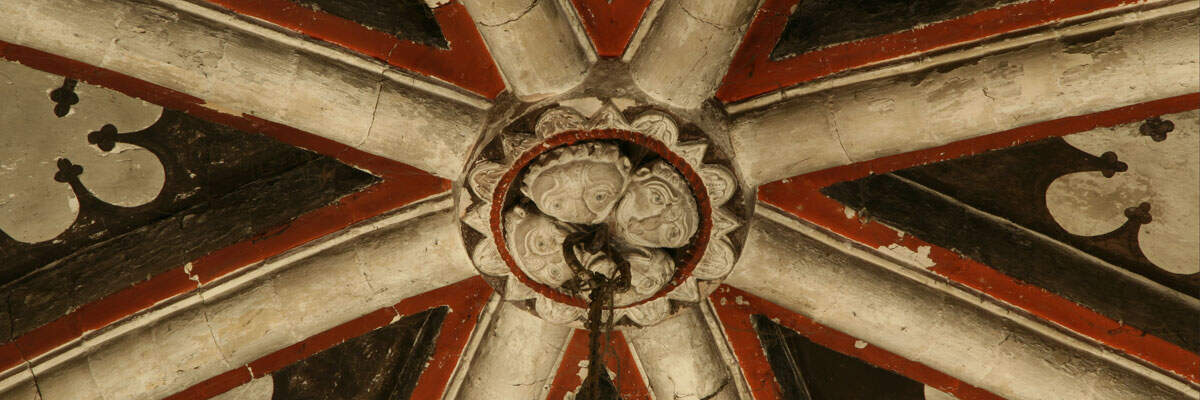The small village of Wraxall lies about 6 miles W of Bristol on the S slope of the limestone ridge which extends E to W from the river Avon at Bristol to Clevedon on the Bristol Channel coast, 150m above OD. From its elevation (its altitude of about 58m above OD being about 45m above the bottom of the river valley) the church looks across the Yeo valley with its predominantly pastoral landscape to the opposite limestone ridge running NE-SW which forms the western edge of the Mendip Hills. The village settlement is mostly along a minor road to the SE of the court and attendant church.
To be more geologically precise, the church lies on the western side of a road which descends from the north from the limestone ridge (in rising sequence: Clifton Down Limestone, Goblin Combe Oolite, Clifton Down Mudstone, Gully Oolite, Black Rock Dolomite) down a combe of Dolomitic Conglomerate, which rock spreads out along the approximate line of the road above the inevitable Mercia Mudstone (formerly Keuper Marl). Below that latter is Head and then the valley alluvium.
The church of of All Saints (Grade 1 listed) consists of W tower, nave, N aisle, S porch, and chancel. There were restorations in 1851 and 1893 by Blomfield. According to the researches of Professor Stephen Rippon (see below), the medieval estate of Wraxall was very considerable. That fact is suggested by the DB valuation. No doubt the attendant riches enabled the church to be refurbished and modernised so early and so thoroughly, as it was altered and enlarged in the early - mid 13thc and late 14thc. The 12thc. S doorway survives from the preceding church.



